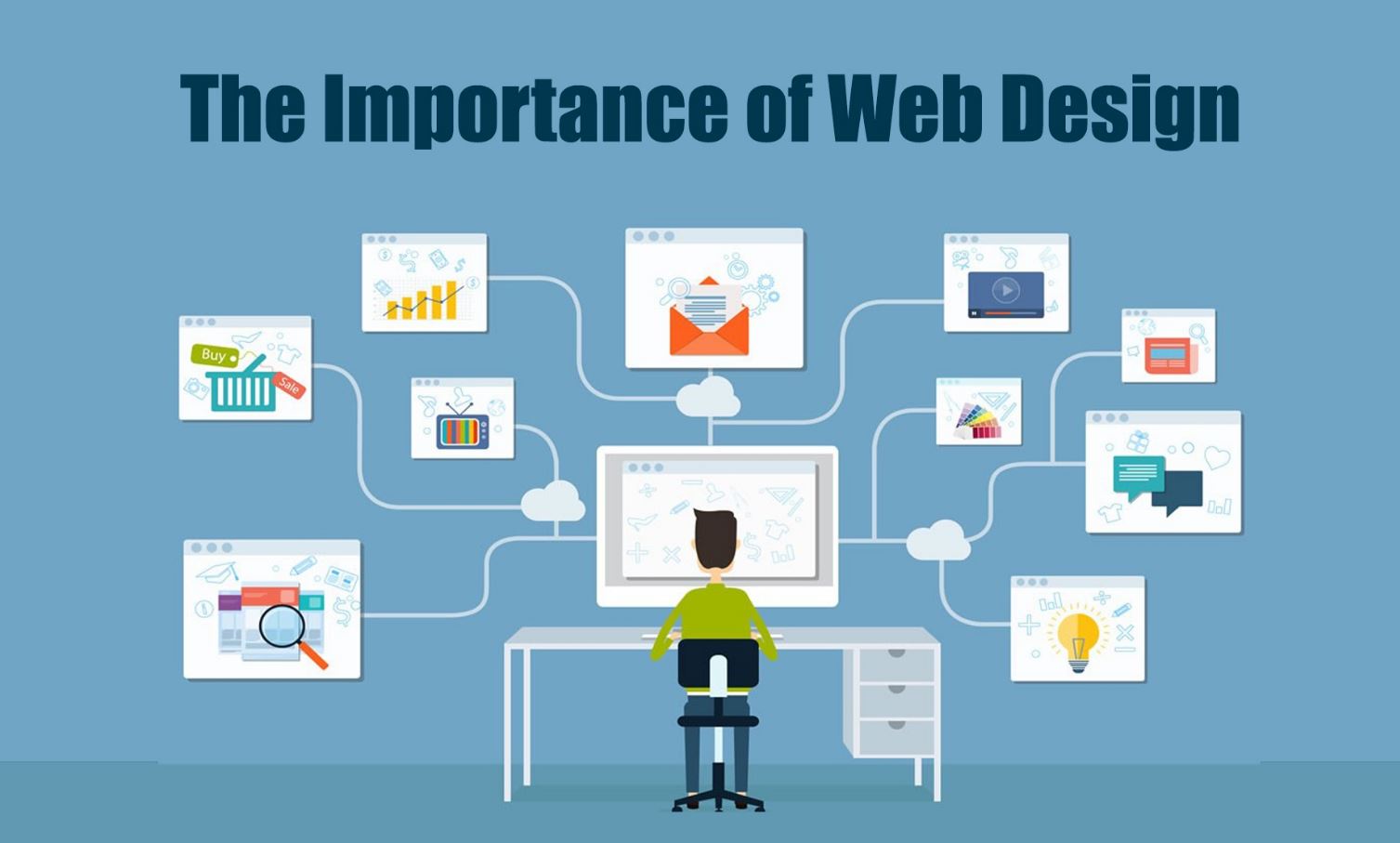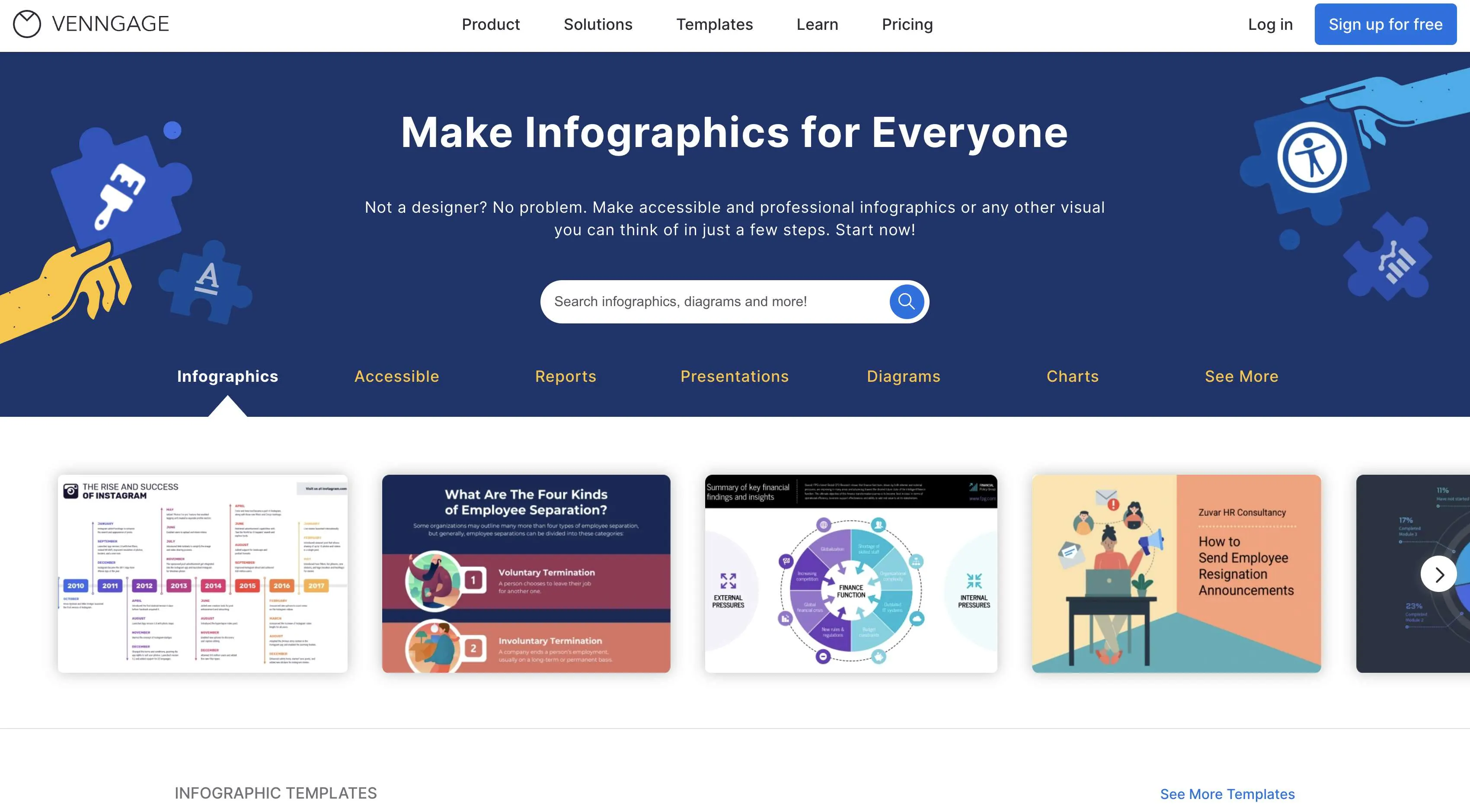Why Web Design and User Experience Must Go Hand-in-Hand for Success
Exactly How Efficient Internet Layout Can Boost Individual Experience and Conversions
In the significantly affordable electronic landscape, reliable website design plays a pivotal function in boosting user experience and driving conversions. By focusing on user-centric principles, such as clear content hierarchies and intuitive navigating, businesses can develop appealing platforms that not only draw in site visitors but also facilitate seamless interactions. As we explore the crucial elements that add to successful website design, it ends up being evident that the influence on individual complete satisfaction and conversion rates is profound. Understanding these dynamics might discover methods that might transform just how users involve with your site.
Relevance of User-Centric Design
In the realm of internet design, focusing on user-centric layout is vital for producing efficient electronic experiences. This technique concentrates on comprehending the demands, choices, and behaviors of customers, guaranteeing that electronic interfaces are instinctive and obtainable (Web design). By integrating individual responses right into the layout process, internet designers can craft experiences that resonate with their target market, ultimately causing enhanced engagement and complete satisfaction
User-centric style emphasizes usability, which is necessary for retaining users and lessening bounce prices. When customers can browse a website effortlessly, they are extra likely to explore its content and convert right into customers.

Key Components of Efficient Format
Effective design offers as the foundation of user-centric internet layout, translating individual needs into aesthetic frameworks that promote communication. An efficient format prioritizes content through a clear pecking order, assisting individuals' eyes to important information first. This hierarchy is often established making use of color, dimension, and spacing, ensuring that vital aspects stand apart.
An additional trick aspect is using whitespace, which avoids congestion and improves readability. Web design. Whitespace allows elements to take a breath, making the general style show up cleaner and simpler to browse. Furthermore, uniformity in layout components, such as fonts and shades, fosters familiarity and count on, making it possible for individuals to navigate the website with better ease
Grid systems can additionally be important, supplying a framework that aligns material realistically and aesthetically. This positioning enhances the individual experience by producing a structured visual flow. Flexibility in design-- like receptive design-- ensures that internet sites execute well throughout various devices, providing to varied user preferences.
Inevitably, an efficient design not just captivates individuals however additionally encourages them to engage even more deeply, eventually driving conversions and satisfying organization goals. By focusing on these crucial elements, designers can produce designs that reverberate with users and improve their general experience.
Navigational Finest Practices
Intuitive and clear navigation is crucial for enhancing user experience on a web site. A well-structured navigating system permits individuals to discover info promptly, which directly affects their satisfaction and chance of conversion - Web design. Carrying out an ordered framework is essential; use classifications and subcategories that rationally team relevant web content, making it easier for site visitors to discover
Uniformity in navigating components is likewise crucial. Make sure that web links, food selections, and buttons keep harmony in design, shade, and positioning across all web pages, providing users with a familiar structure as they navigate. Additionally, make use of descriptive labels for navigation items. Rather than common terms, choose for clear labels that accurately reflect the web content, helping users in making informed decisions.

Mobile Responsiveness and Availability

Access, on the various other hand, concentrates on making sites usable for people with specials click here for more needs. This includes sticking to standards such as the Web Web Content Ease Of Access Standards (WCAG), which attend to concerns like shade contrast, Look At This message size, and keyboard navigation. By executing these standards, internet developers can create comprehensive experiences that deal with a more comprehensive audience, therefore boosting customer engagement and satisfaction.
Furthermore, mobile responsiveness and availability not just improve individual experience yet also positively influence internet search engine rankings. Online search engine focus on obtainable and mobile-friendly web sites, making them most likely to appear in relevant search outcomes. Spending in these aspects of web design not only meets user requirements however likewise contributes to overall company success via enhanced visibility and improved conversion rates.
Gauging Success Via Analytics
Tracking customer communications and actions with analytics is important for analyzing the success of a website. By leveraging tools such as Google Analytics, businesses can gather crucial information that discloses how customers involve with their site. Metrics such as bounce rates, ordinary session period, and conversion prices offer insights right into user behavior and can highlight areas for renovation.
Recognizing individual demographics and web traffic resources even more enhances a website's performance. This information enables internet designers to customize material and style aspects to better fulfill the requirements of their target market. Additionally, tracking particular customer trips helps recognize prospective traffic jams in the conversion channel, enabling organizations to optimize their website design appropriately.
A/B screening various style components can provide concrete evidence of what resonates with individuals, enabling for informed decisions based on real-world performance. Eventually, gauging success with analytics not just boosts user experience yet also drives conversions, making sure that internet design initiatives straighten with organization goals.
Conclusion
In verdict, efficient internet layout plays a critical function in enhancing customer experience and driving conversions. Ultimately, determining success through analytics allows for constant renovation, ensuring that layout strategies continue to be aligned with individual needs, therefore cultivating business growth and success.
In the increasingly affordable electronic landscape, reliable internet style plays a critical role in enhancing individual experience and driving conversions. By incorporating user responses right into the layout procedure, web developers can address craft experiences that resonate with their target audience, inevitably leading to raised interaction and fulfillment.
Ultimately, the relevance of user-centric design exists in its capability to develop significant communications that drive conversions and foster long-term connections with users, making it an indispensable part of successful web style techniques.
Inevitably, measuring success with analytics not just enhances user experience yet also drives conversions, making certain that web layout initiatives straighten with company goals.In verdict, effective internet layout plays a critical duty in enhancing user experience and driving conversions.